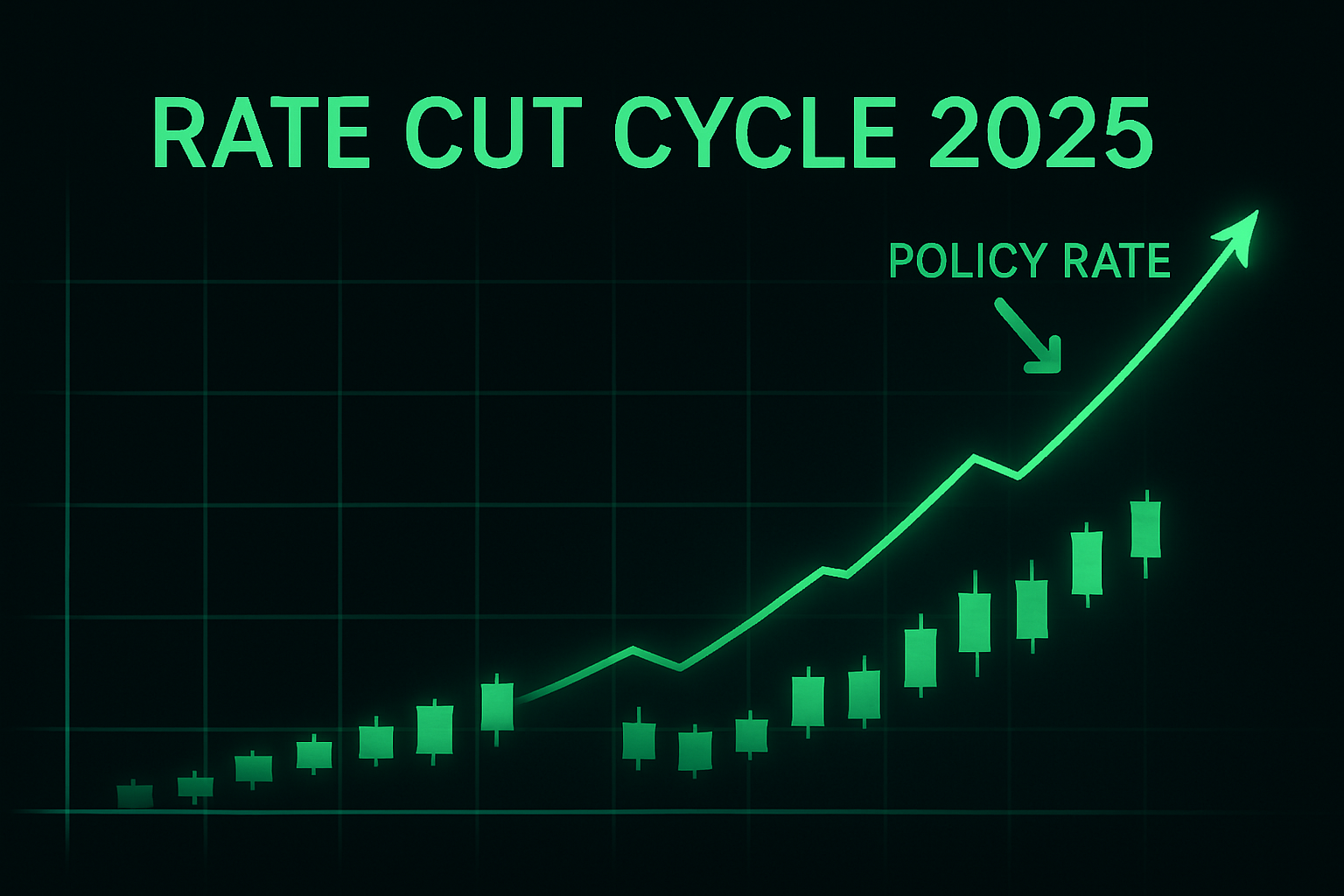In 2025, while the world argues about Bitcoin’s next rally and Ethereum’s gas fees, a quieter revolution is unfolding in the background.
Stablecoins go mainstream — not as speculation, but as infrastructure.
From fintech giants to payment platforms, digital dollars are quietly rebuilding how money moves online.
It’s the first crypto innovation to find real product-market fit, and it might be the blueprint for how the future of money actually works.
The Rise of Stablecoins: From Crypto Curiosity to Fintech Utility
When Tether launched in 2014, few imagined that dollar-pegged tokens would someday process more transaction volume than Bitcoin itself. Yet in 2025, that’s exactly what’s happening.
According to Visa’s research on stablecoins, these digital dollars now settle trillions annually — powering trading desks, remittance apps, and e-commerce rails.
In short, stablecoins have become the digital plumbing of global finance.
Unlike volatile cryptocurrencies, stablecoins maintain a 1:1 peg to fiat currencies, typically backed by cash or Treasury reserves. This stability has made them ideal for the kind of use cases crypto promised but never quite delivered: instant cross-border payments, seamless settlement, and financial inclusion without middlemen.
From Tether to PayPal: The Road to Mainstream Adoption
The story of how stablecoins went mainstream is also a story of credibility. For years, Tether’s opaque reserves cast doubt on the entire concept. That changed when
Circle’s USDC entered the scene, offering transparency and regulation-friendly structure.
Fast forward to 2025, and even the most traditional players have joined in: PayPal launched
PYUSD, while
Stripe introduced USDC stablecoin subscriptions for online businesses.
These aren’t crypto startups anymore — they’re household names.
As Stripe’s leadership put it in October, “Stablecoins finally make sense for payments.”
That quiet endorsement may be as transformative as Tesla’s first profitable quarter was for EVs — a signal that the concept has crossed from niche to necessary.
The Regulatory Shift: From Fear to Framework
Regulation once stood as the biggest roadblock for stablecoins. Now, it’s becoming their moat.
The European Union’s MiCA framework has set clear rules for issuance and reserve management, while U.S. lawmakers debate federal licensing standards.
For the first time, regulators see stablecoins not as threats but as extensions of the banking system.
That shift has drawn in new entrants. JPMorgan continues to expand its digital payments division through
Kinexys, exploring deposit tokens and institutional transfers, while several central banks test CBDCs that mirror stablecoin mechanics.
The line between private stablecoins and public digital currencies is blurring — and competition is quietly accelerating innovation.
Why Stablecoins Work Where Crypto Failed
Bitcoin proved that decentralized money could exist. Stablecoins proved it could function.
The difference is utility: Bitcoin’s value lies in scarcity, while stablecoins’ value lies in usability.
They are programmable, interoperable, and instantly transferable — attributes that make them invaluable for both fintech platforms and decentralized finance protocols.
In practice, stablecoins going mainstream has meant that crypto is finally solving real problems:
faster settlement, cheaper remittances, and global access to the dollar.
In emerging markets from Argentina to Nigeria, millions already rely on stablecoins to escape local inflation — a quiet monetary revolution that doesn’t need hashtags.
Winners and Losers in the Stablecoin Era
Not everyone benefits equally from the rise of stablecoins.
The winners are clear: fintechs like PayPal and Stripe, blockchain infrastructure firms, and regulated issuers such as Circle.
They’re capturing the payment volume that once flowed through traditional banks and remittance networks.
The losers? Legacy systems built on friction — cross-border wires, slow ACH settlements, and high-fee intermediaries.
Even within crypto, the shift is reshaping behavior: DeFi platforms increasingly prefer stablecoin liquidity, while speculative assets struggle to justify their volatility.
It’s ironic but fitting that crypto’s most successful product is the one least dependent on speculation.
The Geopolitics of Digital Dollars
Behind every mainstream stablecoin is a deeper geopolitical story: the digital dollar’s dominance.
Each USDC or PYUSD in circulation strengthens the global reach of the U.S. financial system, effectively exporting dollar influence through software.
Even as countries like China push for CBDCs, dollar-backed stablecoins remain the preferred on-ramp for global users.
This has drawn attention from international bodies like the
IMF, which now frames stablecoins as “financial globalization in code.”
Whether that becomes a soft-power advantage or a regulatory headache depends on how policymakers balance innovation with oversight.
Tokenized Money: The Next Step Beyond Stablecoins
The next chapter isn’t about more stablecoins — it’s about what they enable.
Tokenized deposits, programmable payments, and instant settlement layers are turning stablecoins into the rails for a new kind of finance.
If stablecoins were the test case, tokenized money will be the system upgrade.
This evolution also raises tough questions: Who issues the money of the internet?
Is it private firms like PayPal, decentralized protocols, or central banks adapting to survive?
The answer will define not just crypto’s future, but the architecture of global commerce itself.
The Broader Context: From AI Hype to Fintech Reality
The timing of stablecoins going mainstream coincides with another technological wave — AI.
As investors chase artificial intelligence stocks, fintech is quietly integrating automation and blockchain into existing systems.
It’s a pattern reminiscent of the early internet: speculation upfront, transformation later.
In that sense, stablecoins resemble the early cloud revolution — invisible, infrastructural, and essential.
They may lack the drama of a bull market, but their impact could be far deeper.
As noted in our AI Stocks: Bubble or Revolution? piece,
real technological shifts often start when attention fades. Stablecoins fit that pattern perfectly.
Conclusion: The Financial System Rewritten in Code
Stablecoins were never meant to be exciting. They were meant to work — and now they do.
From fintech giants to remittance apps, they’re quietly rewriting the infrastructure of money.
While traders debate token prices, stablecoins are turning crypto from narrative into utility.
The irony of this moment is profound: crypto’s greatest success looks nothing like crypto at all.
No speculation, no hype — just stability, transparency, and efficiency.
In a world drowning in volatility, that might be the real revolution.
For further insight into how technology and finance continue to converge, explore our recent analyses of Nvidia’s AI evolution and Tesla’s transformation — both stories of hype meeting hard economics.





